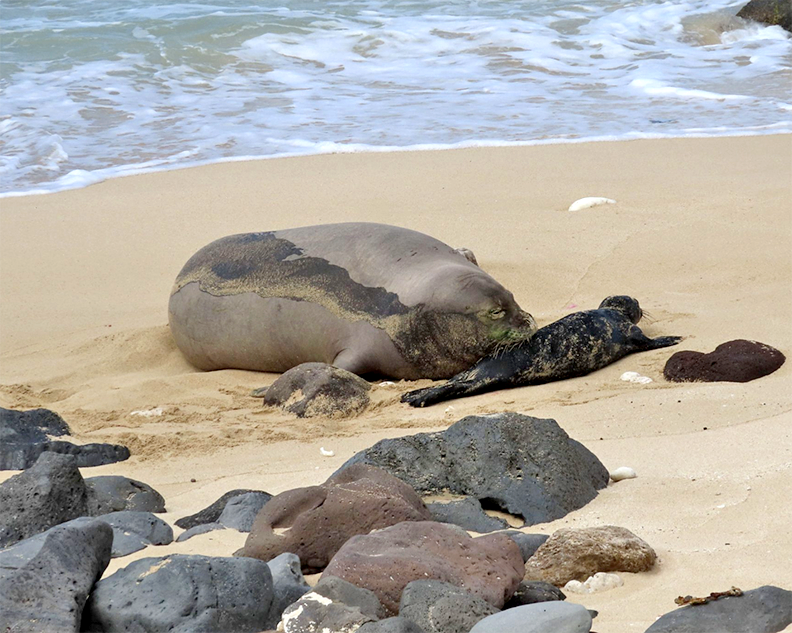By Jan TenBruggencate
I’m a seed collector.
If I eat a good piece of fruit, I slip the seed into my pocket. If I come across an interesting tree, I search the ground for seed.
It can be a problem. If I forget about them, I find seeds stuck in the trap of the washing machine, or still in the pockets of fresh-washed trousers.
But not too much of a problem. Most of the time, the washed seeds are still viable.
It is not important to be stuck to dictionary definitions of the word, seed. A traditional person might classify a seed as a mature ovule from a flowering plant. But there’s plenty of tradition behind using the term seed to refer to anything that will grow you a new plant.
The sugar industry used “seed cane,” which were simply cuttings of the cane stalk that were placed in the soil to grow into new clumps of cane.
If I eat a good pineapple, I’ll twist off the top for planting. A pineapple top is even better than the true seed—it grows readily, produces a faithful copy of the original, and fruits sooner than a seed-grown plant will.
The result of my obsession with seed saving is a yard filled with a wonderful range of plants, whose parents for one reason or another were interesting to me.
I have top-grown pineapple not far from a cutting-grown mulberry. A seed-grown teak down the lane from a seed-grown rainbow-bark eucalyptus. A cutting-grown plumeria next to a fragrant runner-grown laua`e fern, just up the hillside from a seed-grown foxtail palm.
I have a couple of citrus plants grown from seed, although I know that citrus crosses readily with other citrus and you’re unlikely to get anything like the mother plant. It’s one reason why citrus in garden stores is grafted.
But it’s an adventure. In my case, one seed-grown citrus is a real sour wild lemon, and the other is a kind of orange-lime cross.
Being a seed collector is quite different from being a seed saver. Seed saving has become a term of art for folks who make a point of saving seed, often from vegetables they really like.
Seed savers provide an invaluable function. Seed saving promotes sustainability and self-reliance. There is a feeling of satisfaction in being able to re-grow your garden with seeds from the successful crops of the previous season, or in being able to share with neighbors the best of your garden genetics.
But seed saving is different from seed collecting, in the same way that farming is different from hunter-gathering.
I learned my seed collecting habit from my mom, a committed gatherer. I believe she got those tendencies from lean times during World War II in Holland when a single found vegetable seed could be grown into a meal, a lump of coal from along the railroad tracks provided enough heat for a cup of tea.
Like a collected seed, I’ve collected that trait from her.
Discover more from ForKauaiOnline
Subscribe to get the latest posts sent to your email.





Leave a Reply